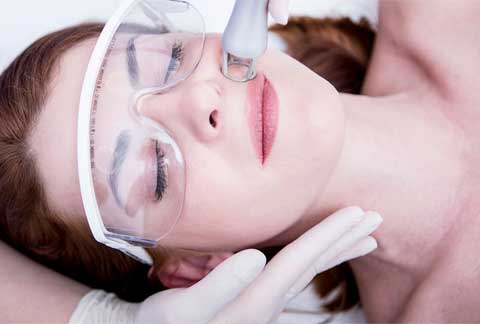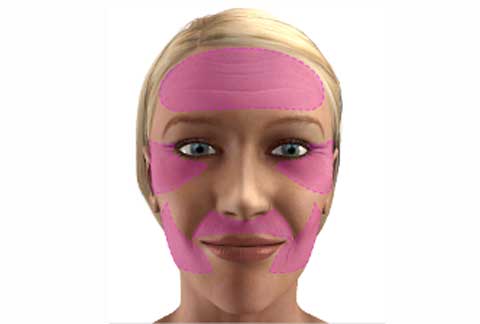+91 8275066599
Book an Appointment
info@myaesthetic.in
Book an Appointment
3/26,27, Gokhale Nagar Road
Pune - 411016, MH, India
Laser Resurfing Treatment
-
What is laser skin resurfacing?
Laser skin resurfacing, also known as a laser peel, laser vaporization and lasabrasion, can reduce facial wrinkles, scars and blemishes. Newer laser technologies give your plastic surgeon a new level of control in laser surfacing, permitting extreme precision, especially in delicate areas.

-
What laser skin resurfacing can improve
- Fine lines or wrinkles around or under your eyes, forehead or mouth
- Scars from acne or chickenpox
- Non-responsive skin after a facelift
- Aged or sun-damaged skin
- Liver spots
- Improve your complexion if you have yellowish or grayish skin tones
- Warts
- Birthmarks such as linear epidermal nevi
- Enlarged oil glands on the nose
-
How does laser skin resurfacing work?
It's all about using beams of light. Your surgeon uses the laser to send short, concentrated pulsating beams of light at irregular skin. This removes unwanted, damaged skin in a very precise manner one layer at a time.
Laser skin resurfacing's targeted approach means there are fewer problems with hypopigmentation, or a lightening of skin, for procedures such as laser acne scar removal.
The laser beam used in laser resurfacing will remove your outer layer of skin, called the epidermis. It simultaneously heats the underlying skin, called the dermis. This action works to stimulate growth of new collagen fibers. As the treated area heals, the new skin that forms is smoother and firmer.

-
What are the steps of a laser skin resurfacing procedure?
For best results, your plastic surgeon may first start you on a series of skin treatments to prepare your skin for your laser procedure. Often these treatments begin 6 weeks or more before your scheduled procedure. These skin treatments are customized for your particular skin type to minimize complications and obtain the best result from your laser resurfacing.
Cosmetic laser resurfacing is usually done on an outpatient basis and typically takes between 30 minutes and 2 hours.
Managing your discomfort: Laser skin resurfacing can be painful. This is why your doctor may numb the skin with local anesthetics. You may also receive a sedative to help you relax. If you are opting for extensive resurfacing, or if you're having other cosmetic procedures simultaneously, your surgeon may use a general anesthetic. Afterwards, the doctor will provide painkillers to keep you comfortable. In preparation, your face will be thoroughly cleaned and you might be given eye protection.
Two types of lasers are commonly used in laser resurfacing: carbon dioxide (CO2) and erbium. Both work to vaporize superficial, damaged skin cells.
-
CO2 laser resurfacing
For year doctors have used CO2 lasers to treat various skin conditions. A newer generation of CO2 lasers has the power to deliver very short pulsed light energy (called ultrapulsed) or continuous light beams. This type of laser precisely removes thin layers of skin with minimal damage to your surrounding tissue.
-
Erbium laser resurfacing
This type of laser wrinkle removal is typically used to remove superficial and moderately deep lines and wrinkles on your face, but can also be used on your neck, chest or hands.
-
After the procedure
After laser resurfacing is completed, your plastic surgeon will apply specialized dressing to protect the treated tissues. Further dressing changes or specialized topical treatments may be needed to enhance healing.
-
What should I expect during my laser skin resurfacing recovery?
Skin that's treated with laser resurfacing may react in different ways. But most of the time, it will feel like a mild sunburn. You'll have some redness and swelling. You may also experience itching or stinging for a few days after the procedure.
Depending on the treatment, some people may have what looks like a severe sunburn. The skin will be raw, oozing and may even blister. A yellow liquid may ooze from treated areas to form a crust. Do not scratch or pick at crusts because this can cause scarring.
Usually, about five days to a week after laser skin resurfacing, your skin will become dry and peel.
fix an appointment

